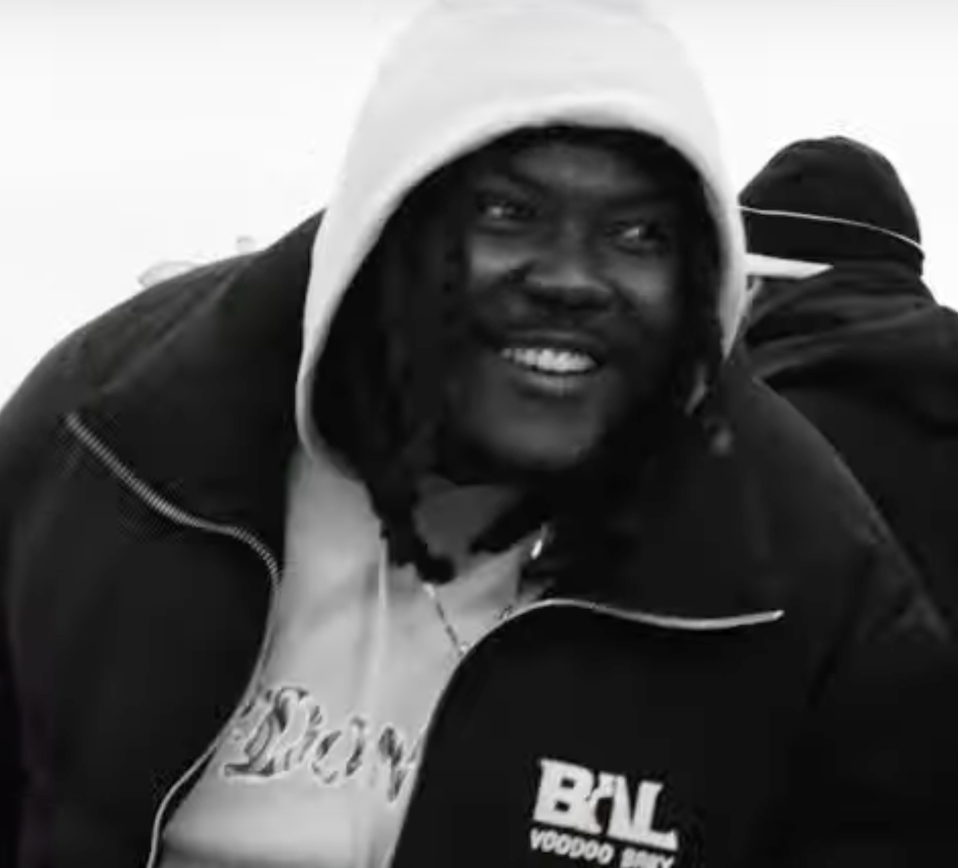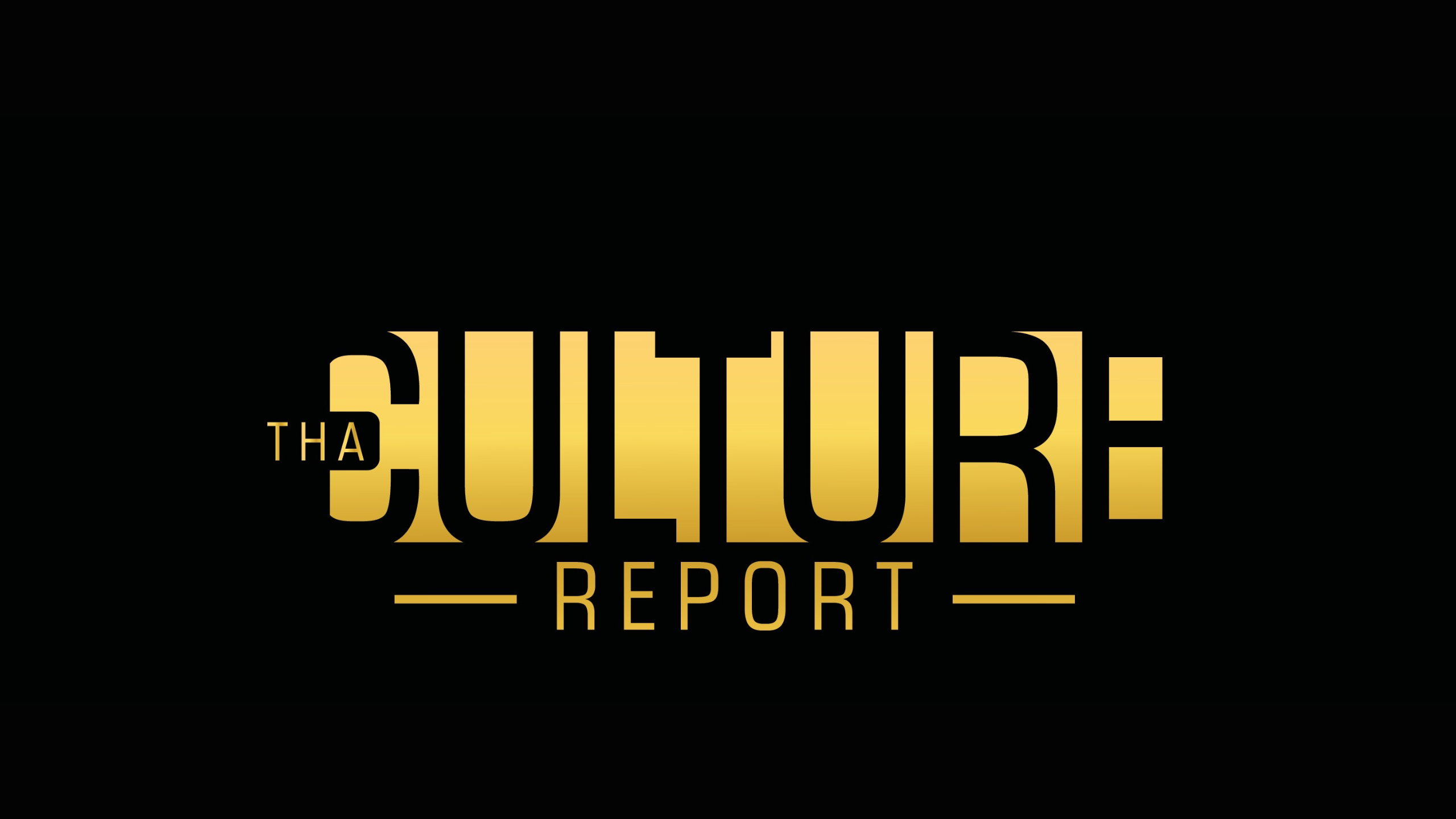From Haiti to Hollis: BAL Blends Culture, Opera, and Drill
There’s no artist quite like BAL—now or ever. As a lifelong music lover, he began making music professionally about

There’s no artist quite like BAL—now or ever. As a lifelong music lover, he began making music professionally about five years ago. Moving from Haiti to Brooklyn at 14 wasn’t easy—but his heritage remains at the heart of his sound. Though he started creating music in Haitian Creole, he now delivers electrifying tracks in English, Creole, and French—bringing the “BAL” (translated to Bullet or Festival in Creole) experience to a wildly diverse audience. Like a Michelin star chef, he methodically mingles tantalizing ingredients—listeners can expect a spoonful of streetwise storytelling, a generous dose of unfettered passion, and his secret weapon: opera. Mesmerized by its spiritual essence—and skilled enough to pull it off—BAL weaves operatic grandeur into the worlds of rap, R&B, afro beats, and more. Undaunted by innovation, he’s the pioneer of a groundbreaking sub-genre—“Opera Drill”—and seeks to jumpstart many others. His music is a dazzling display of authenticity, revealing a deep dedication to his craft and a fearless desire to expunge the deepest chasms of his soul for public display. With each release, one thing is certain: BAL is an unapologetic force poised to shatter expectations and take the music world by storm. No matter what obstacles come his way, BAL keeps proving he’s bigger than the system trying to hold him back. They tried to label him, tried to clip his wings, but he’s still making major business moves, still growing his brand, and still elevating in the game. Even with restrictions, he’s outworking the competition—locking in partnerships, making music that moves the culture, and showing that real hustlers don’t fold. You can’t stop what’s destined. Watch him turn every setback into a setup for something greater.
Hovering over a steady laid-back beat and wistful piano melody, “PARDON ME” is unexpectedly vulnerable, like a diary entry inviting listeners into BAL’s most intimate experiences. He’s “good friends with the rain”—a nod to the swirling storms he carries. Though he feels like he’s lost a part of himself, he bravely acknowledges that “It’s okay to be lost sometimes,” offering a reassuring hand to those who feel the same. It’s both a tribute to his “hustler family”—the community that pushes him to grow—and a powerful statement: he won’t apologize for working hard and being himself. As long as he delivers artistry straight from the heart, he knows the right people will follow. “PARDON ME” is proof of that.
The “PARDON ME” music video takes listeners on a journey around Hollis, Queens—the true bowels of New York. It may not sparkle like the Freedom Tower or hold the iconic status of the Statue of Liberty, but it’s home all the same. With his crew by his side, BAL takes to the streets and the studio. Bringing raw authenticity to the screen, it forgoes the flashy tropes of typical rap videos, instead mirroring the tenacious spirit of BAL himself. But what’s a music video without a little cinematic flair? In a striking Brooklyn studio, he wrestles with his inner storm, painting a picture of his struggles, fears, and the family that fuels his rise.
While both tracks are undeniably energizing, “VOODOO BABY” is a blazing surge of pure adrenaline. In popular culture, Voodoo often carries a negative stigma—misassociated with witchcraft and harmful practices. In reality, it’s a powerful religion and culture—a means of remembrance, resistance against oppression, and a way to restore community. BAL channels the mysticism and intensity of Voodoo into “VOODOO BABY,” creating an unapologetic, wildly vibrant exhibition of his heritage and identity. It’s a perfect entry into the world of Haitian Drill—a genre with BAL leading the charge. He blends Haitian Creole into this English track with finesse, proving that pure expression is truly the key to success.
This track goes full throttle—and so does the music video. It carries the invigorating edge of a classic rap or hip-hop video, with quick cuts, bright flashes, and tilted camera angles—but touches of Voodoo are woven throughout. The dark, candlelit setting evokes a mysterious, almost supernatural atmosphere—intense and immersive. Symbolic imagery and energetic performances create a near-sensory overload, delivering an inescapable rush of excitement. At its core, it highlights the fusion of the traditional and modern elements that define BAL’s artistry. And despite the stereotypes, “VOODOO BABY” isn’t about evil—it’s about identity. It’s an unshakable part of him, a cornerstone of his spirit and craft. He’s here to make a mark on this industry—without compromise. His fire is lit—and it’s only spreading.
1 : You’ve been through a lot to get to this point in your personal life and career—talk to us a little bit about your journey thus far.?
R : It’s a learning journey really, as most people know already, I’m the first generation from my family that came to the US from Haiti. Other than music, I have nowhere to go so I had to focus on some tunnel vision mode and not think about any distractions. That’s how I was able to maintain through a lot of nonsense. It’s been a journey of resilience, sacrifice, and growth. I’ve faced personal loss, industry setbacks, and times of doubt, but I never lost faith in my vision. Every obstacle taught me something, and I used that pain to fuel my passion. I’m proud of how far I’ve come, but I’m even more excited about where I’m going.
2 : What inspires you to incorporate elements of opera into your music? Are there any specific opera artists that inspire your songcraft?
R : I love singing, not just opera, I sing alto, tenor, and mix it sometimes with some soprano. But in the Hip Hop lane, I never see people doing opera. I used to say Andrea Bocelli is my favorite opera singer, and I just found out he is a tenor.. I like Wyclef Jean, he has a powerful voice. I don’t think he does opera so therefore I might as well say yes, I inspired myself. Opera has this raw emotional power and theatricality that resonates with me. I grew up listening to all types of music, and opera felt larger than life. Artists like Pavarotti and Maria Callas inspire me, not just vocally but emotionally. They knew how to tell a story with their voice, and that’s what I try to do in my records—bring that same level of drama and feeling to Drill.
3. : Who could you not have done the “PARDON ME” music video without? What was your collaboration process like?
R. : My producer KrayOTB, he’s one of the most talented producers I’ve ever known. Motion Craft my videographer, shout out to my Dad, my mom, my team, and my Ex for inspiring me. And of course, shout out management, especially Tony, Greg, Quality Cleaning Services, Kennysenbal, and not forget Maitre Luxury, I couldn’t have done it without my creative director and my visual team. They understood the vulnerability I was trying to capture and helped me translate it into something visually compelling. It was a collaborative effort from start to finish, and everyone brought their A-game.
4. :How did you go about highlighting the vibrant religion and culture of Voodoo in the “VOODOO BABY” visual?
R : If I tell y’all y’all ain’t gonna believe it. I shot Voodoo Baby under a church. All I needed was Candles, Dancers and a dope cameraman like Motion Craft. I approached it with deep respect and authenticity. As someone with Haitian roots, I wanted to represent Voodoo not as something spooky or misunderstood, but as a powerful, sacred tradition. We used real symbols, traditional garments, and shot in locations that had spiritual significance. It was important to showcase its beauty and strength.
5 : Do you have any interesting or fun stories from either filming process you can share?
R. :I shot voodoo baby under a church like I told yall all I needed was Candles and the universe bring the rest of everything and when I check downstairs it was beautiful and I was like “Yeah let’s do this” and during the “VOODOO BABY” shoot, one of the scenes was so intense that even the crew got chills—it felt like we tapped into something spiritual on set. For “PARDON ME,” it was the opposite—very emotional. I had to take a break in between shots because the lyrics hit so close to home. It was real.
6. : Why do you think these tracks will resonate with your fans?
R. : It’s Culture man, it always resonates, and as long it’s relatable. I believe it will always resonate with my fans. Because they’re honest. Fans can feel when something’s real, and both of these tracks come from a raw, genuine place. They touch on pain, power, culture, and growth—things we all experience in different ways.
7. : How important is it for you as a rap artist to share music that feels true to yourself? How do “PARDON ME” and “VOODOO BABY” showcase your drive for authenticity?
R.: Feel great, no gimmicks needed, just the music doing what I was born to do, and this is the greatest feeling in life to be honest. Authenticity is everything. I don’t make music just to follow trends—I make music that reflects my life and my perspective. “PARDON ME” shows my inner world, and “VOODOO BABY” shows my cultural pride. They both represent who I am at my core.
8 : In what ways do these tracks represent where you want to go musically moving forward? Can fans look forward to more songs like these in the future?
R. : Yes, always gonna stay true to what my fans say. They want drill? I give them drill, they want me to sing. I give them my singing as long as they’re happy, I’m happy. These tracks are the blueprint for where I’m heading—bold, emotional, and culturally rich. I’m going deeper into storytelling, blending genres, and highlighting my heritage. This is the lane I was meant to be in, and I’m just getting started.
Follow BAL



